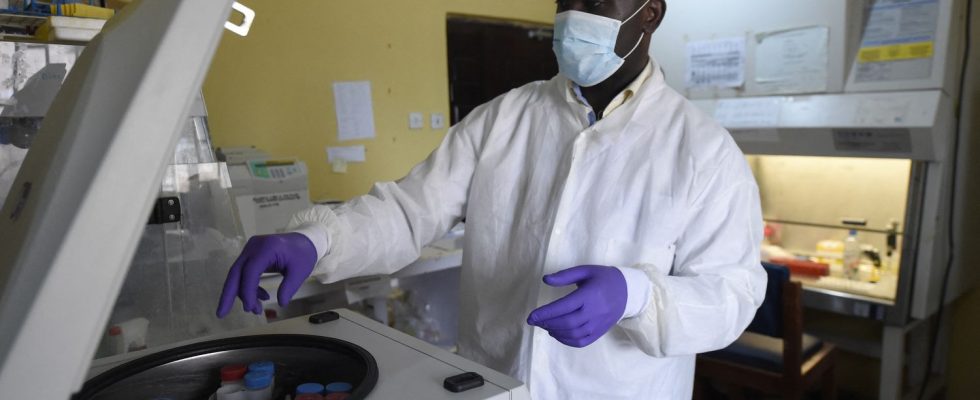Nigeria is facing a resurgence of Lassa fever, which recently caused 20 deaths in one week. This little-known viral hemorrhagic fever has been raging for years in West Africa. A research project is expected to accelerate efforts to find a treatment.
Published
Reading time: 3 min

Lassa fever looks a bit like Ebola fever, with fairly severe symptoms such as fever, vomiting, diarrhea, abdominal pain and bleeding. It can kill up to 20% of patients and becomes fatal 10 days after the first symptoms appear, especially if it is not treated.
It is found in Africa, in Nigeria in particular where there have already been around 800 cases and 150 deaths since the start of 2024. But it is also rife in Liberia, Benin, Guinea, and therefore especially in West Africa.
Contamination by contact or ingestion of contaminated food
Lassa fever is transmitted in two ways, as Marie Jaspard, infectious disease specialist at Saint-Antoine hospital in Paris, explains: “It is a disease that is transmitted by contact, like Ebola virus disease. You need fairly close contact, this is the classic mode of contamination. It is also possible to become contaminated via the famous rodents, small rats, “Mastomys”, which circulate in the villages. These animals make their excrement on food that dries on the ground, such as cassava that dries in front of homes. These rodents carrying the virus contaminate food which is then ingested by the population.“
Every year, hundreds of thousands of people contract the disease in Africa, and deaths number in the thousands. But while this disease can be fatal, it can also be asymptomatic. So, depending on the people and the degree of contamination, people can die, be very sick, or not sick at all.
An alliance of researchers to improve treatment
In the most serious cases, Lassa fever can be treated with a medication called Ribavirin. It has been used to treat this condition since the 1980s, but it is not a miracle drug. Effectiveness problems are to be deplored, it would not be as effective as we thought and it would also have side effects.
Hence the idea of finding other possible drugs. A project in this direction is being carried out by the INTEGRATE consortium, a unique alliance of researchers which was created around this disease. This project is supported by the medical NGO ALIMA, based in Dakar and which deals with health. The objective, explains Marie Jaspard, is to bring together researchers and clinicians to find new, more effective drugs to treat this fever: “We collaborated with German and Nigerian colleagues of course, as well as from Liberia, a certain number of partners who were already working on Lassa, to seek to better treat our patients. We thus found, in the literature, or in speaking with colleagues, with companies, a certain number of drugs which would be promising for treating people more effectively. This is how the project was born.“Bringing together independent public research researchers and companies working on drugs is how we work.”this purely academic essay“works. Laboratories”give“ their medicines so that these researchers “evaluate them and see if they can better care for patients“.
Acceleration of trials and vaccine research
If the program was launched in 2023 for 5 years, it will really take off this year with one objective: to test new drugs in clinical trials as they arrive. In the event of positive feedback, this will save time for the marketing phase of these treatments, with the hope of saving lives.
At the same time, certain laboratories are working on the manufacture of vaccines whose mission will be to limit contamination.
